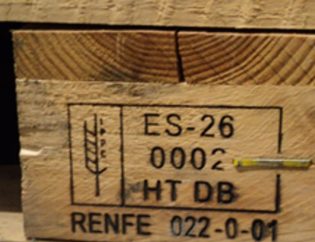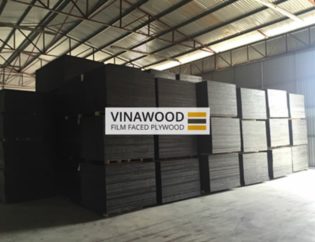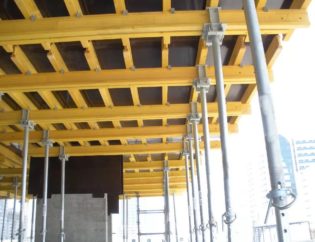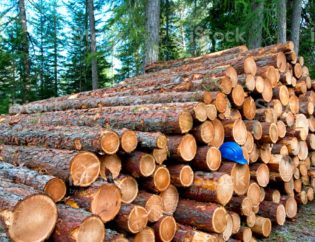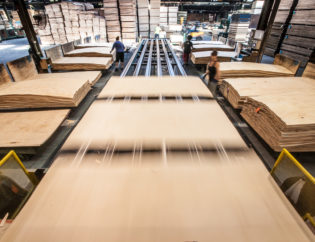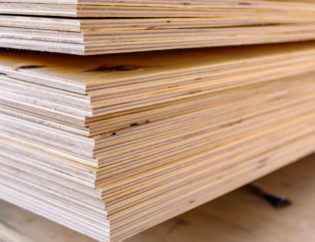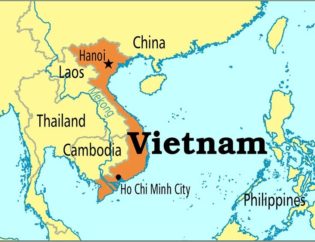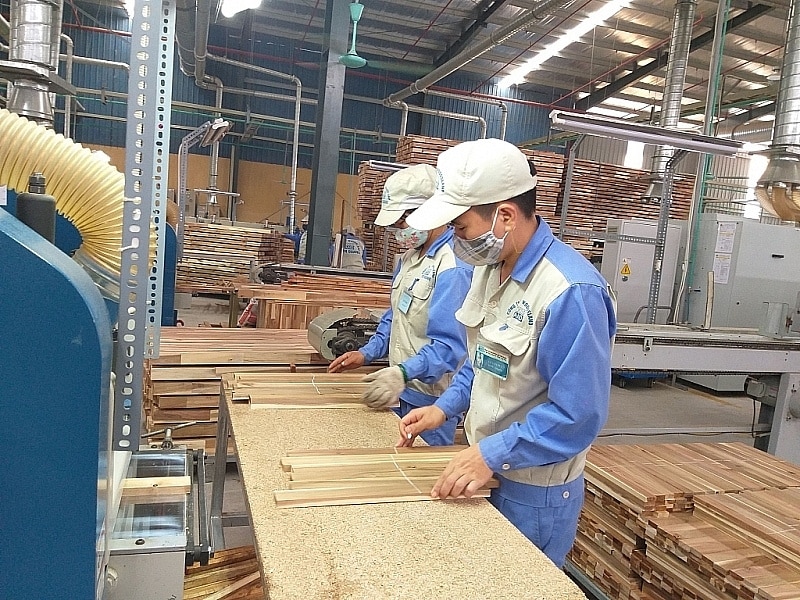
By 2020, to November, the total export value has reached US$11.7 billion, up about 15% compared to US$10.1 billion of the same period last year.
Although affected by the Covid-19 pandemic, according to leaders of the Ministry of Agriculture and Rural Development, from the Government to ministries and agencies, all actively support policies such as credit policies, tax deferral, time extensions of user fees. The policy is not immediately effective because there is always a delay but has created a great source of strength and confidence for businesses.
“From the corporate perspective, it is difficult for businesses to turn to internet transactions, online sales. There are entrepreneurs who are ready to mortgage personal property to have capital to retain employees. Employees do not quit their jobs or change jobs. Some businesses have taken advantage of opportunities from the changes of international markets, trade relations with big markets like the US, China.All create general results,” Deputy Minister Ha Cong Tuan said.
US$20 billion is not unrealistic
This result creates momentum for the forest products industry to reach an export figure ofUS$20 billion by 2025. To reach US$20 billion, each year to come an average increase of US$1.4 billion, this is possible. However, the results did not come naturally.
Deputy Minister Ha Cong Tuan said, firstly, if the problem of international markets is not solved, there is no room for export growth, especially in big markets. Currently, the export value of Vietnam’s forest products has reached over 6% of the total export value of this product globally, the goal is to increase by 10%.
Second, in order to ensure that the export figure ofUS$20 billion is achieved, 50 million cubic meters of raw material wood must be ensured by 2025. If there is only plantations with a small proportion of wood for chip production, or if there is not much room to import, domestic raw materials must increase.
Specifically, raw materials from planted forests must reach about 30 million m3 by 2025; at the same time trying to maintain and increase the import of raw materials from reputable and certified markets.
Third, from the perspective of investment attraction, according to Deputy Minister Ha Cong Tuan, enterprises are willing to invest but also must have solutions in terms of capital and technology, at least having land to create industrial zones.
“Currently, we are promoting the first industrial sector in the Central region, particularly in Nghe An. NgheAn has both a deep-water port and a very convenient railway and aviation network. In addition, it is necessary to select another area in the North to develop industrial zones in the wood industry, and at the same time to expand the area in Binh Duong and Dong Nai to have land for business investment,” Chief Ha Cong Tuan said.
According to the leaders of the Ministry of Agriculture and Rural Development, besides wood products, the export of NTFPs must maintain a good growth momentum, at about 30% / year, especially with products such as cinnamon, anise. Wood exports to EU anticipated to make breakthroughs
As the European Union-Vietnam Free Trade Agreement (EVFTA) comes into force in August, the country’s timber and …
By 2025, non-timber forestryproducts export must reach US$7 billion, so the target of US$20 billion of the whole industry is not unrealistic.
By Thanh Nguyen/ HuuTuc
Vietnam Film Faced Plywood
Vietnam Plywood


